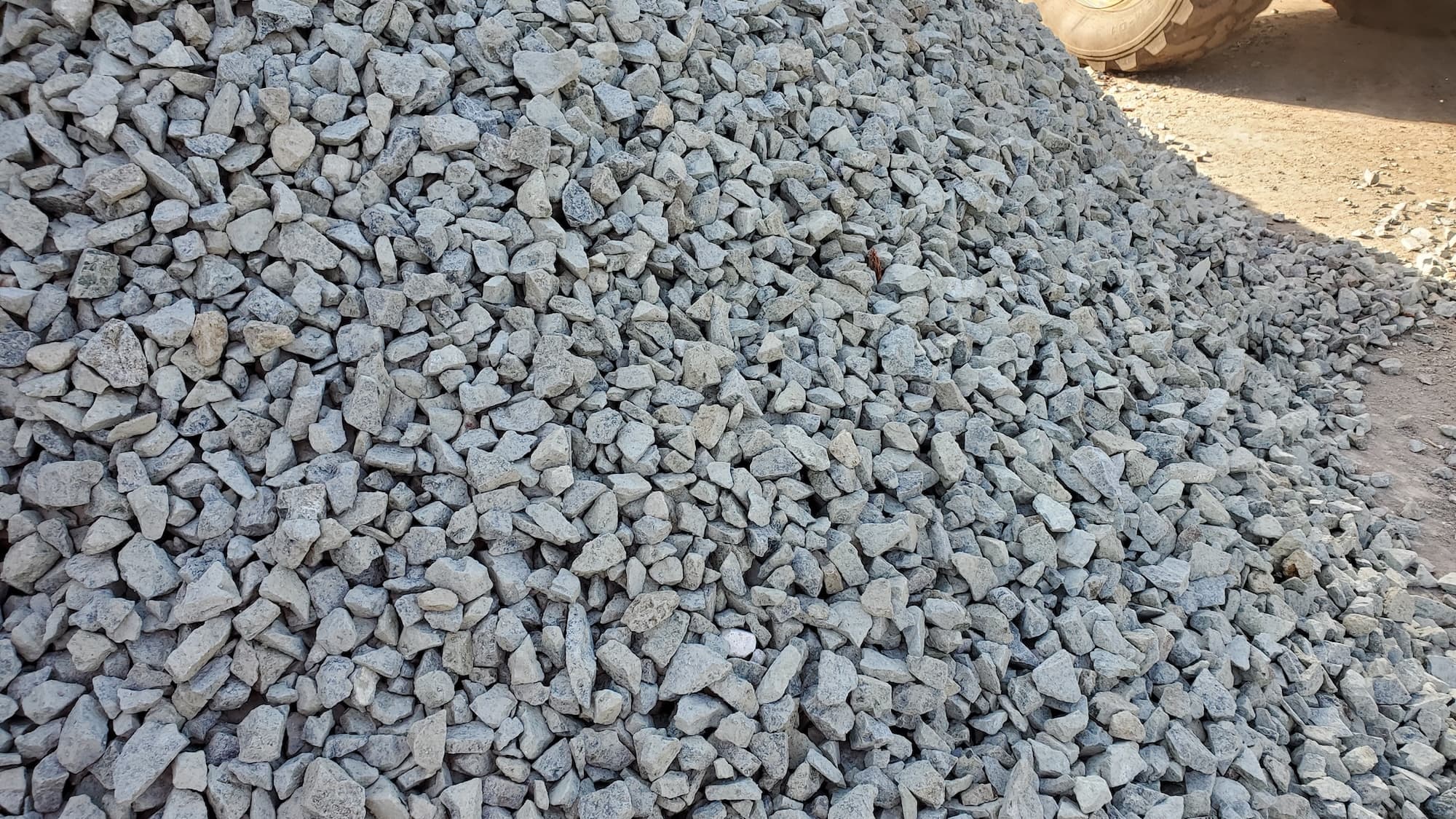Gravel Gravel Pads
Homeowner’s Issue
In Gravel, yards and small campground spaces see a lot of weather-driven wear. Our clay-loam soils compact easily and the steady Pacific Northwest rain leads to puddling, ruts, and moss growth where gravel has thinned. Sunny exposures on slopes can blow fines downhill, while shaded corners around dense trees stay damp and invite moss, ivy, and perennial weeds. That combination makes pads uneven, slippery in wet seasons, and harder to keep tidy for homeowners who want a safe, low-maintenance outdoor area.
Most homeowners want gravel that drains, stabilizes a parking or campsite spot, and keeps weeds down without constant attention. Proper base prep, a breathable fabric, and the right aggregate size matter more here than in dryer regions. On slopes near local spots like White Center and West Seattle, edge restraint and compaction are especially important to prevent migration and erosion. We design gravel pads that handle local rainfall patterns, resist compaction, and match curb appeal needs so your yard or site performs well through fall rains and spring growth.
Our Quality Service
We start with an on-site assessment tailored to Gravel conditions — soil type, slope, and drainage patterns. We clear debris, remove troublesome weeds by hand, and use sustainable, non-herbicide methods. Then we level and compact the base, install breathable landscape fabric, and spread the correct gravel size for your use.
Benefits:
- Improved drainage and less standing water during heavy rains.
- Safer surfaces that reduce slips and mud tracking.
- Low-maintenance finish that keeps curb appeal consistent season after season.
What’s Included
- Site assessment and slope evaluation
- Debris, moss, and weed removal (hand-pulled, organic methods)
- Base grading and compaction
- Breathable landscape fabric installation
- Gravel spread, edging, and final compaction
- Clean-up and haul-away of old material (if requested)
Options / upgrades:
- Additional aggregate thickness for heavy use
- Mulch + fabric transitions around plantings
- Organic, hand-applied weed control and moss scraping
- Haul-away vs. green bin disposal choices
Before & After / Expectations
Expect honest, practical work: some noise from compactors and trucks, temporary access needs, and small amounts of displaced soil during prep. A typical pad install may require clear access and a few hours to a full day depending on size.
Care tips for Gravel yards:
- Rake lightly in spring to redistribute fines and keep surface level.
- Pull invasive weeds early in mild weather to prevent root establishment.
- Sweep nearby leaf build-up to reduce damp, shaded patches where moss starts.
- For slopes, check edges after heavy rain and add a few shovelfuls of gravel to problem spots.
FAQs
- How long does installation take?
- Small pads can be done in a half day; larger or sloped areas may take a full day or two.
- Do you use herbicides?
- No. We use hand removal and organic methods only.
- Will gravel migrate on slopes?
- Proper edging and compaction reduce migration; steeper sites may need stronger edging.
- Can you match existing gravel?
- Yes, we can source similar aggregates or recommend better options for drainage.
Call to Action
If you’re in Gravel and need a durable, low-maintenance gravel pad installed or refreshed, book a free estimate. We schedule quickly, work sustainably, and leave sites tidy. Email neatandtidyseattle@gmail.com to get started — fast, local, and reliable results from a team that knows the soil and weather here.










